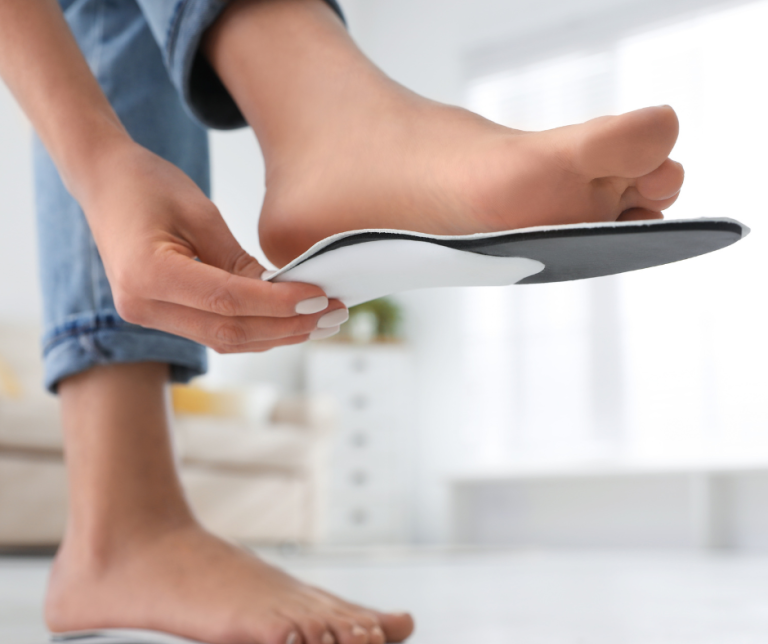A Step By Step Guide to Bunions
That painful bump at the base of your big toe? It’s likely a bunion, a common foot deformity known medically as Hallux Valgus. At Step By Step Family Foot Care, we’ve helped plenty of patients get past this problem for good, so in the guide below, we’ll explain what they are, why they form, and how they typically affect your life.
What’s a Bunion, Anyway?
A bunion is more than just a bump. It occurs when the joint at the base of your big toe (the first metatarsophalangeal or MTP joint) shifts out of alignment.
- The long bone connecting to the toe drifts outward, while the big toe itself angles inward, often pressing against the second toe.
- Misalignment creates the characteristic bony prominence on the side of the foot.
Unfortunately, bunions are typically progressive, meaning the deformity tends to worsen gradually over time unless properly managed.
“Why Me?”
While many factors can contribute to the formation of bunions, they’re often connected to:
- Heredity: This is the primary driver! Inherited foot structures and faulty biomechanics (like excessive pronation or flat feet) make certain individuals more susceptible to developing bunions. If your parents had them, your risk is higher.
- Footwear: Let’s clear this up – shoes don’t really cause bunions on their own! However, wearing tight, narrow shoes, especially those with pointed toes or high heels, can aggravate an existing bunion and likely accelerate its progression by forcing the toe into an unnatural position.
- Other Factors: Less commonly, conditions like arthritis or previous foot injuries can contribute to bunion formation.
How Bunions Affect Your Daily Life (The Symptoms)
Living with a bunion often means dealing with:
- Pain and Soreness: Discomfort centered around the bump and joint, frequently worse after walking, standing, playing sports, or wearing constricting shoes.
- Redness and Inflammation: The skin over the bony prominence can become irritated and swollen.
- Shoe Struggles: Finding shoes that fit comfortably without rubbing or putting pressure on the bunion becomes a major challenge.
- Corns and Calluses: These can develop on the bunion itself, between the overlapping toes, or even on the ball of the foot due to altered pressure distribution.
- Stiffness: You might experience restricted or painful movement in your big toe joint.
Effective strategies exist to manage pain and slow progression. From custom orthotics and specialized padding to advanced non-surgical options, there are ways to find lasting relief – and we’ll explore these treatments in future posts!
Step By Step Family Foot Care is here to assist you with your podiatry needs. To make an appointment with Dr. Debra Manheim, call us at (973) 917-3785 or visit our site to schedule an appointment. The staff at our Parsippany office is ready and eager to help.








